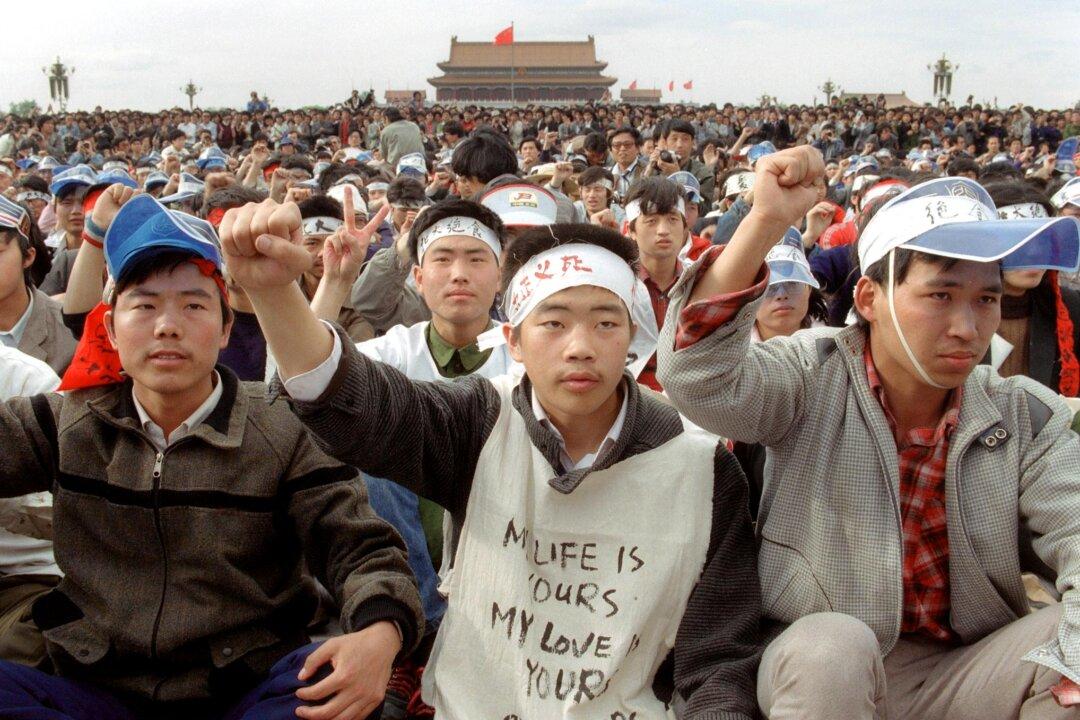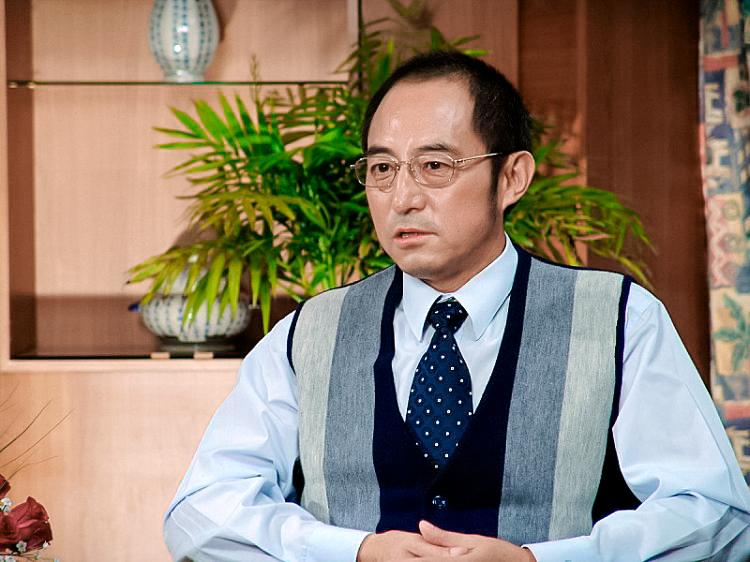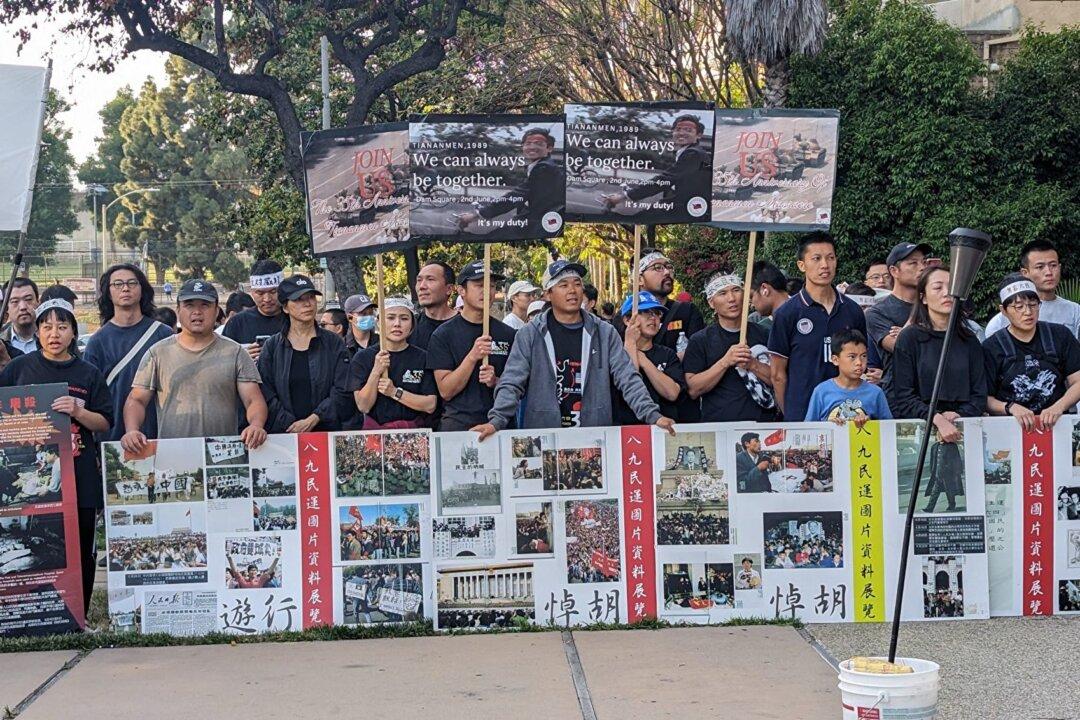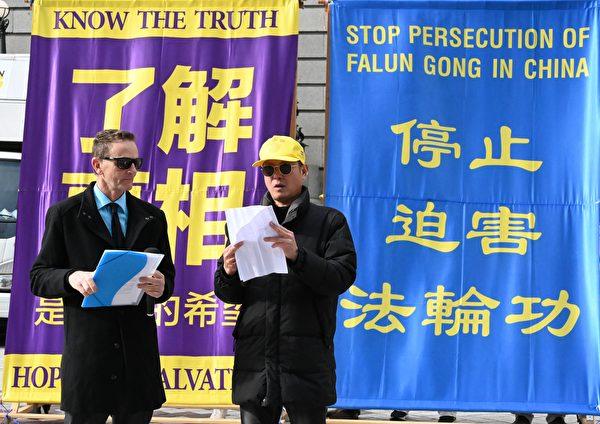China’s most prestigious university, Peking University in Beijing, saw a protest against its Covid containment maneuver. At midnight on May 15, students protested the erection of a temporary metal wall that keeps the students locked in and divides the off-campus dorms east and west like a Berlin Wall.
In video footage, the university vice president Chen Baojian is seen saying to the students, “If you trust me, write down your name, we’ll talk one by one.”




